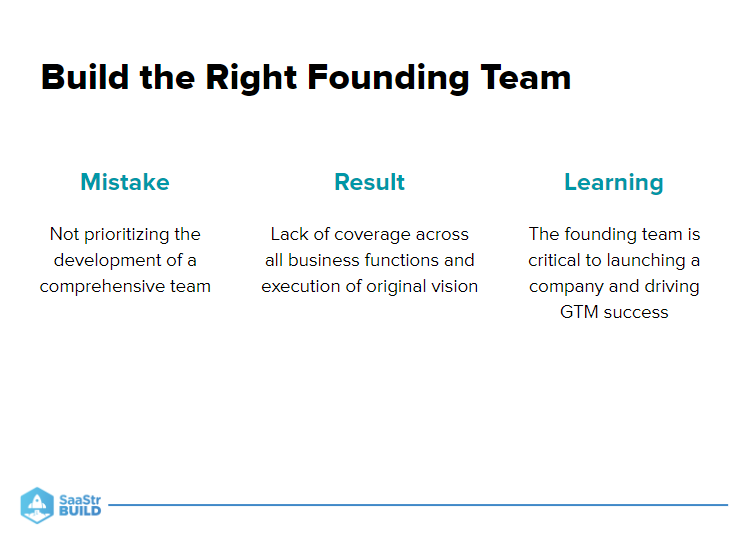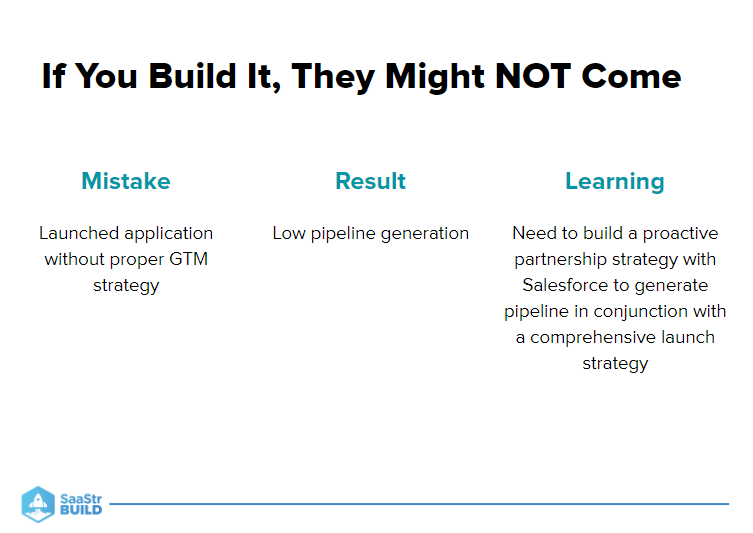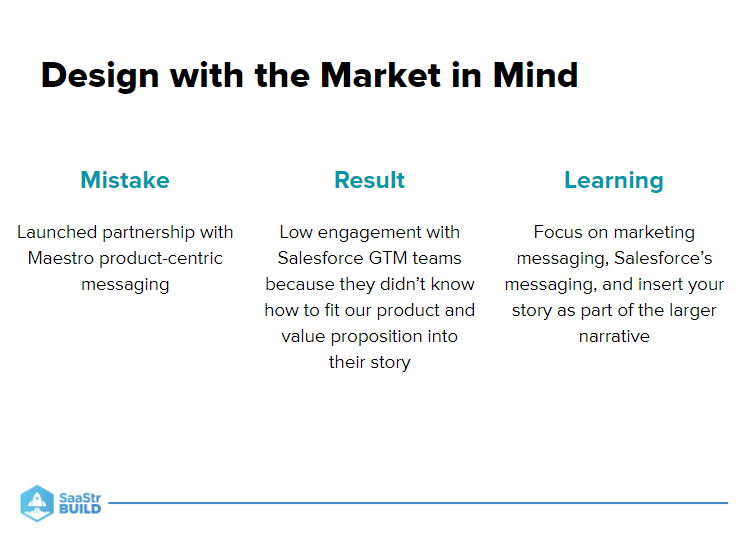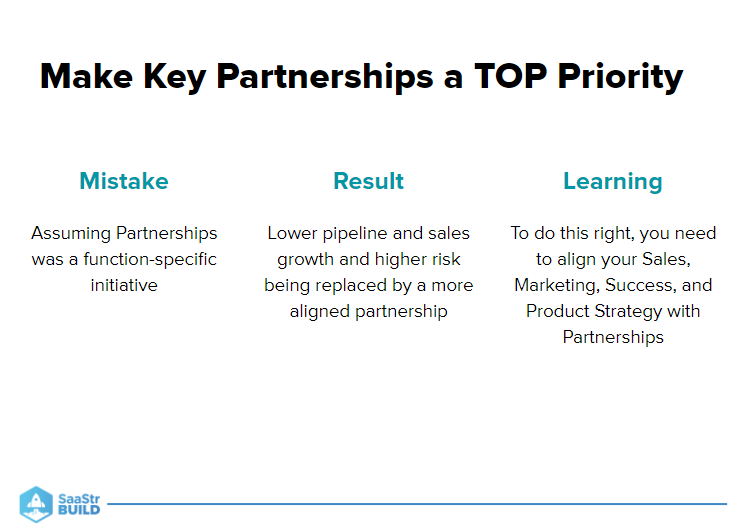Founders pour their hearts and souls into their brands — and, for the most part, they do so gladly. But how much of their blood, sweat, and tears never actually had to be shed in the first place?
Vasu Prathipati, CEO and Co-Founder of MaestroQA, has witnessed first-hand the pitfalls into which enthusiastic founders often fall. In fact, he can point to four classic mistakes that he has witnessed and has even been an active participant in.
With over four million new “Salesforce economy” jobs expected by 2024, knowing how to anticipate and avoid these obstacles could make all the difference in a product’s success. So what should you look out for?

Mistake #1: Not choosing the right team
- Result: The lack of coverage across all business functions.
- Lesson: Getting the founding team right is critical.
Time and time again, Prathipati has witnessed the unforced error of businesses not prioritizing the development of a comprehensive team. Whether it’s from lack of coverage or being unable to execute the founder’s vision accurately, the makeup of that original team is crucial to ensure your company’s success.
“We have to think about the goals we’re trying to achieve, followed by the characteristics and traits needed to build the right team for those goals.” — Jonathan Weston, RVP of Salesforce
Choosing the right team shouldn’t be about speed. Take your time! The right co-founder — when you find them — should not only share your values but inspire a level of trust on which you can build your future.
Mistake #2: Thinking if you build it, they will come
- Result: Low pipeline generation.
- Lesson: Build a proactive strategy with Salesforce.
MaestroQA can trace its origins back to Prathipati’s professor at Penn State, who wrote a paper about using machine learning algorithms to analyze website data to predict certain actions. But as Prathipati himself is now quick to point out: where is the customer?
Those early days are a classic example of having launched an application before developing a proper go-to-market strategy. As solid as their original product may have been, they spent years failing to draw in actual customers.
A great product is necessary, but so is the pipeline for your product. The same energy that goes into product creation should proactively generate the pipelines necessary to get your product out into the world.
“We pounded the pavement for three years building technology and we were just blinded by how little true customer demand there was.” — Vasu Prathipati
Learning this lesson once wasn’t enough for MaestroQA. They made the same mistake again years later. In building the Salesforce app, Prathipati freely admits that they just expected customers to come to them. However strong your product may be, you can never afford to sleep on strategy.
Mistake #3: Designing tech-first, not market-first
- Result: Low engagement with Salesforce’s GTM teams.
- Lesson: Focus on messaging and weave your story into the larger narrative.
When MaestroQA partnered with Salesforce, it faced a bit of a learning curve. Their original approach — to court and sell directly to customer service representatives — didn’t quite translate to Salesforce’s approach.
Determine what it is your market really needs. It’s incumbent upon you to adapt to your customers, not the other way around. Once you figure out what market you will ultimately be designing for, you can then work backward to your product solution.
“When I interview a first-time founder, they talk about the product. But I know I’m talking to an experienced founder when they are talking about how they are going to sell this product.” — Jonathan Weston
While it’s possible to over-consider what the market wants, you need to figure out how to meet the market where it’s at, and then provide your vision for it. This is, in many ways, an artistic act.
Mistake #4: Not prioritizing partnerships
- Result: Lower pipeline and sales growth and higher risk.
- Lesson: Develop your strategy with your partnerships in mind.
Partners are not vendors. While your vendors provide a distinct and valuable service, partnerships offer the opportunity to invest in each other.
MaestroQA’s partnership with Salesforce, in particular, has taught Prathipati to treat their partners as the powerful collaborators they are. You may need to be more selective and strategic about these partnerships than you would be about your vendors because it can be an immense undertaking to align your strategies for the long haul.
“The best SaaS and B2B companies know how strategically important a partnership can be, and they understand that it’s a whole-company strategy.” — Vasu Prathipati
Key takeaways
Every start-up journey will have bumps in the road, but none of those bumps need be fatal. Avoid these potholes by taking the time to:
- Craft a great team
- Develop proper marketing strategies
- Adapt to your customers
- Build critical partnerships
“An ounce of prevention is worth a pound of cure” can be true for both medicine and business. So, take care not to repeat the same mistakes made countless times, and one day you might have the chance to make some novel, inspiring mistakes of your own.
The post Lessons Learned from Salesforce: Top 4 Mistakes Founders Make with Jonathan Weston, Regional Vice President @ Salesforce and Vasu Prathipati, CEO & Founder @ MaestroQA appeared first on SaaStr.
via https://www.aiupnow.com
Amanda Beaty, Khareem Sudlow



